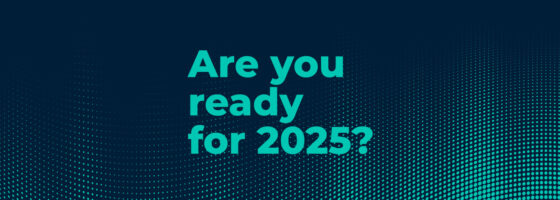Few types of cross-border payments are more important than humanitarian aid intended for those affected by natural disasters, famine or active warzones.
Historically, international aid groups have sent food, water and supplies to the affected regions, but lately, the trend has been to streamline efforts and send cash. However, hard currency can be limiting, immobile and unprotected during an emergency. That’s where digital payments come in.
Tori Samples, Senior Product Manager of The Stellar Development Foundation, joins Converge to discuss her organization’s mission to bring safe and secure digital humanitarian aid to those who need it most.
“Money still needs to cross borders, even when people can’t”
Today, aid organizations must intensely scrutinize the deployment of resources to ensure they reach their intended destination.
If a recipient has a phone, Samples says they’re better off receiving blockchain payments than they would be if they received cash — not just because it’s more traceable and logistically practical, but also because it’s more useful than supplies tend to be.
“Humanitarian aid, over the last 20 years, has seen a larger pivot toward people giving cash. A lot of organizations have started using that as their primary intervention,” Samples says. “Those people receive the money and do whatever they need to do with it. We trust people to meet their own needs in their environments, especially in a time of crisis.”
This is particularly true when the crisis is economic in nature. Take Argentina, for example, which is in the midst of a currency devaluation panic. Bulk payments delivered through blockchain technology offer more stability during a period of heightened uncertainty and make financial planning feasible.
“Stability is a huge value-add for people around the world,” Samples says. “It’s hard to underestimate how much that can make a difference in the day-to-day lives of people.”
The future of payroll disbursement
With fewer hurdles to clear and less bias involved when opening a digital wallet, blockchain-backed payroll disbursements can reach far more people than traditional banking, Samples says.
Stellar helps transfer tokenized assets and stable currencies, bringing a wide array of financial services to those who normally would not have access. It’s based on a simple fintech foundation, but Samples says the impact can be transformative.
“It’s just a bulk payments flow, [which] more and more need in the era of remote work. People want their funds, and they’ve earned them,” Samples says. “There’s no reason that somebody should have to wait 90 days to be paid for work they did on the internet — that’s ridiculous. With blockchain, [companies can] pay their employees or contractors as frequently as they wanted with literally no increase in administrative cost.”
In addition to employers and humanitarian aid, such blockchain systems may assist with government bulk payments, including tax refunds and economic stimulus. Another use case lies in forms of international payments, which have been challenging due to complicated conversions, fees and compliance issues.
“If it’s across borders, people often have to set up a USD bank account in their own country, and that can be difficult, so this solves a lot of those administrative hassles that organizations have faced,” Samples says.
“It’s about just explaining the benefits and the security and showing the evidence and remaining patient and meeting people where they are … it just takes time, but that’s OK. We’ll get there.”
Want more insights on the topics shaping the future of cross-border payments? Tune in to Converge, with new episodes every Wednesday.
*The information shared on this blog is for informational purposes only and should not be considered financial advice. Please note that the opinions expressed on Converge are solely the opinions of the host and the guests, not Convera’s.



